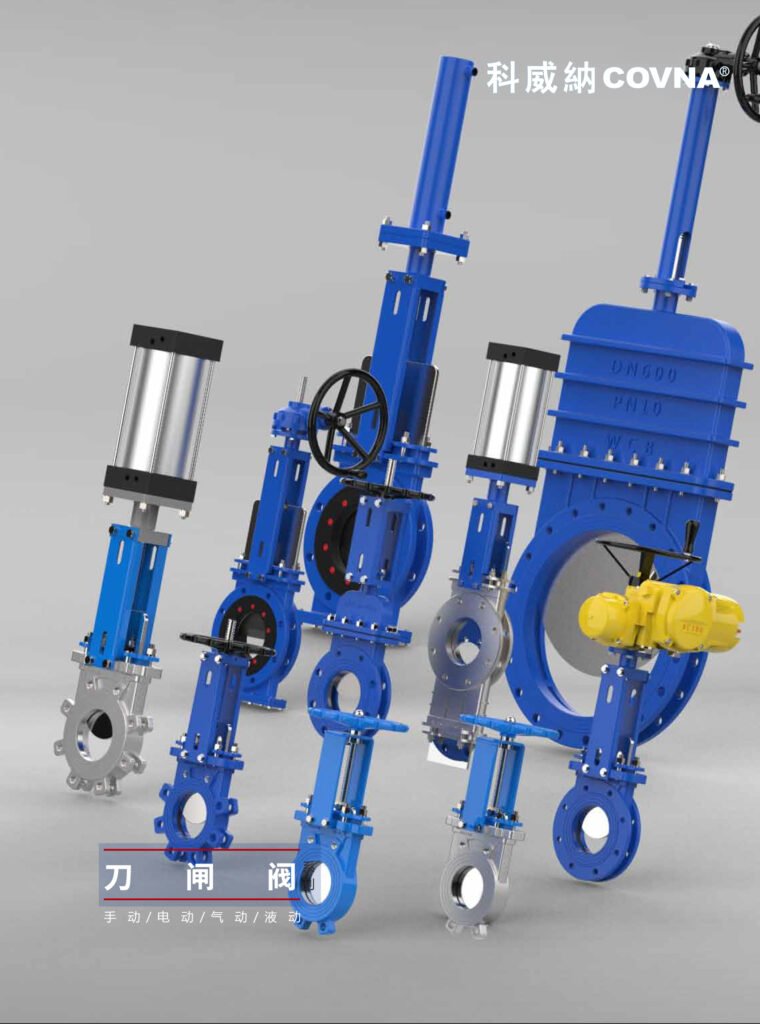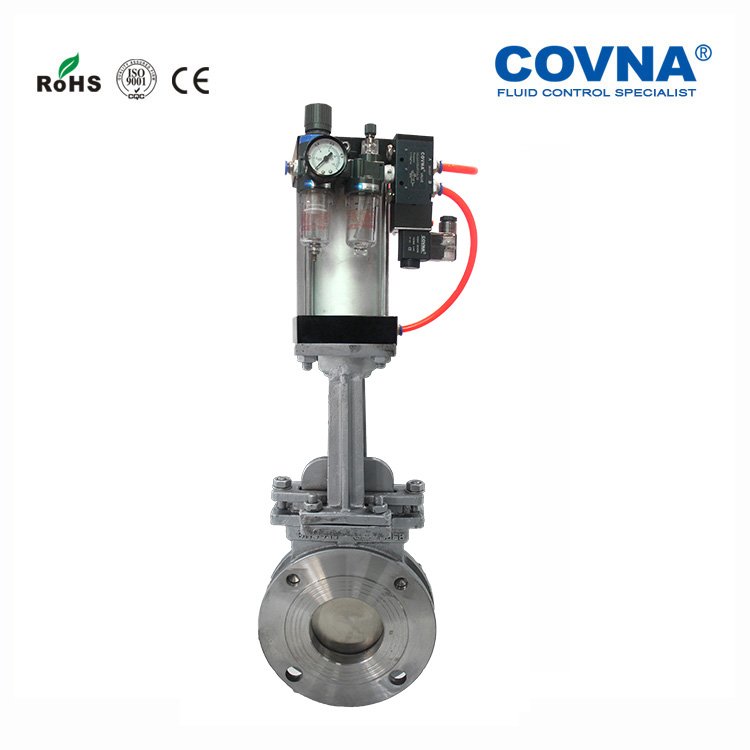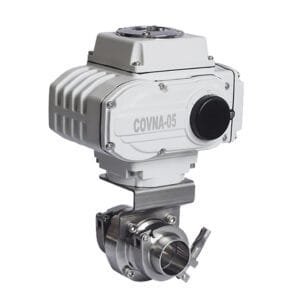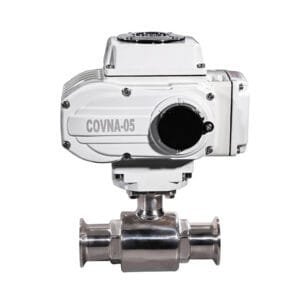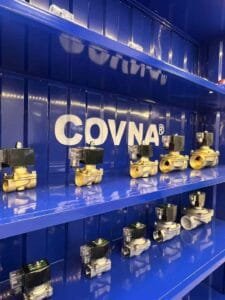Knowledge About Valves
Recent Posts
-
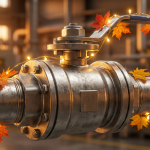 Why Is My Ball Valve Leaking and How to Fix It Before Thanksgiving?2025-12-23/0 Comments
Why Is My Ball Valve Leaking and How to Fix It Before Thanksgiving?2025-12-23/0 Comments -
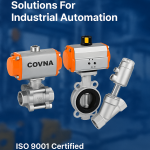
-
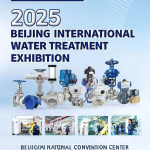
-

-

China Electric Butterfly Valve: Driving Fluid Control Innovation for Smart Industry
In the global wave of industrial intelligent transformation, efficient and stable fluid control equipment has become a key support. As a core component of industrial pipeline systems, electric butterfly valves are widely used in water management, chemical production, energy transportation and other fields due to their excellent performance. As a leading manufacturer in the field of electric butterfly valves in China, we are committed to creating cost-effective electric butterfly valve solutions through innovative technologies.
1. Butterfly valve electric actuator: the intelligent heart of the automation system
The electric actuator is the core unit for the butterfly valve to achieve precise control. Our butterfly valve electric actuator adopts a modular design, supports seamless connection with industrial control systems such as PLC and DCS, and enables remote control and intelligent adjustment. Technical highlights include:
Micron-level accuracy: ±0.5% flow regulation deviation rate, adapting to extreme working conditions from -30℃ to 300℃
Energy-saving mode: intelligent positioning algorithm reduces energy consumption by 30% and extends equipment life
Military-grade protection: IP67 waterproof and dustproof certification, 100,000 opening and closing fatigue test guarantee
This technology makes the valve perfectly meet the Industry 4.0 standard and helps enterprises build a digital production system.
2. China's smart manufacturing advantage: customized butterfly valve solution
Relying on China's perfect industrial chain resources, our electric butterfly valve has achieved dual upgrades of technological breakthroughs and cost optimization:
Precision manufacturing: Five-axis linkage CNC machining center ensures the valve body sealing surface Ra0.8μm finish
Flexible configuration: supports DN15-DN1500 size customization, provides 304 stainless steel, bidirectional sealing and other 20+ optional solutions
International certification: holds ISO15848 micro-leakage certification, SIL3 functional safety level certificate
By directly connecting to Chinese electric butterfly valve manufacturers, customers can save 40% of procurement costs and obtain international qualifications such as CE/API609.
3. Electric butterfly valve pricing strategy: full life cycle cost optimization
When evaluating the quotation of electric butterfly valves, it is necessary to comprehensively consider the material grade, actuator torque parameters and special working conditions. Our pricing system follows the value-oriented principle:
Tiered quotation: 15% gradient discount for bulk orders of more than 100 units
Transparent list: subdivided cost structure of valve body, drive device, accessories, etc.
TCO management: 5-year warranty commitment reduces annual maintenance cost by 60%
For budget-sensitive projects, it is recommended to configure a cast steel valve body + intelligent actuator combination to achieve the golden balance of performance and cost.
4. Cross-industry application map
Our electric butterfly valve solution has successfully served:
Smart water: urban and rural water supply network pressure balance system
New energy: precise metering of lithium battery raw material transportation pipeline
Biopharmaceuticals: CIP/SIP cleaning process aseptic control
Ship engineering: corrosion-resistant design of ballast water treatment system
We provide full-process services from product selection, working condition analysis to installation guidance. Click the official website for online consultation to obtain exclusive electric butterfly valve quotation solutions, or make an appointment with engineers to demonstrate the butterfly valve electric actuator intelligent linkage system on site.
In the global wave of industrial intelligent transformation, efficient and stable fluid control equipment has become a key support. As a core component of industrial pipeline systems, electric butterfly valves are widely used in water management, chemical production, energy transportation and other fields due to their excellent performance. As a leading manufacturer in the field of electric butterfly valves in China, we are committed to creating cost-effective electric butterfly valve solutions through innovative technologies.
The electric actuator is the core unit for the butterfly valve to achieve precise control. Our butterfly valve electric actuator adopts a modular design, supports seamless connection with industrial control systems such as PLC and DCS, and enables remote control and intelligent adjustment. Technical highlights include:
Relying on China's perfect industrial chain resources, our electric butterfly valve has achieved dual upgrades of technological breakthroughs and cost optimization:
Precision manufacturing: Five-axis linkage CNC machining center ensures the valve body sealing surface Ra0.8μm finish
Flexible configuration: supports DN15-DN1500 size customization, provides 304 stainless steel, bidirectional sealing and other 20+ optional solutions
International certification: holds ISO15848 micro-leakage certification, SIL3 functional safety level certificate
By directly connecting to Chinese electric butterfly valve manufacturers, customers can save 40% of procurement costs and obtain international qualifications such as CE/API609.
3. Electric butterfly valve pricing strategy: full life cycle cost optimization
When evaluating the quotation of electric butterfly valves, it is necessary to comprehensively consider the material grade, actuator torque parameters and special working conditions. Our pricing system follows the value-oriented principle:
In the intricate landscapes of industrial machinery and residential plumbing setups, valves stand as the unsung heroes, silently regulating the flow of fluids and gases. But have you ever paused to consider the optimal opening for these crucial components? Whether you're a seasoned professional in the plumbing domain or a hands - on DIY hobbyist eager to enhance system efficiency, grasping the concept of proper valve opening is the key to seamless and safe operations. Today, we'll embark on a detailed exploration of this topic, all while introducing you to the outstanding range of valves offered by COVNA.
The Paramount Significance of the Right Valve Opening
The degree to which a valve is opened is the linchpin that determines the velocity and volume of fluids or gases coursing through a system. An improper opening can trigger a cascade of issues. Take, for example, a residential water supply system. If a valve is only slightly ajar, it can lead to frustratingly low water pressure, a common gripe among homeowners. In fact, research by the American Society of Plumbing Engineers (ASPE) reveals that approximately 30% of plumbing - related grievances in homes stem from subpar water pressure, often a direct result of incorrect valve settings.
Conversely, flinging a valve wide open can cause an overwhelming rush of flow. This can subject pipes, fittings, and connected equipment to excessive stress, potentially leading to leaks, bursts, or mechanical failures. In industrial settings, such miscalculations can bring production lines to a screeching halt, incurring substantial repair costs and lost productivity.
Types of Valves and Their Optimal Openings
Solenoid Valves
Solenoid valves, those electrically - activated workhorses, find applications far and wide, from the inner workings of household appliances to the complex machinery in industrial plants. The ideal opening for a solenoid valve is highly application - specific. In a typical home water - softening unit, when it's time for the regeneration cycle, the solenoid valve springs into action, opening fully. This allows a copious amount of water to flood through, efficiently purging the resin bed of accumulated minerals. However, in industrial processes demanding pinpoint - accurate flow control, like in a pharmaceutical manufacturing line where precise chemical dosing is crucial, the solenoid valve might be adjusted to an opening ranging from 20% to 80% of its full capacity. This fine - tuning ensures that the right amount of liquid is dispensed at the right time.
If you're intrigued by the prospect of integrating high - quality solenoid valves into your system, explore COVNA's offerings at COVNA Solenoid Valves.
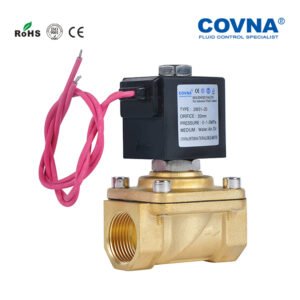
Electric Valves
When it comes to achieving precision in flow rate management, electric valves outshine many of their counterparts. They are the go - to choice in heating, ventilation, and air - conditioning (HVAC) systems. In an HVAC setup, the electric valve operates like a temperature - sensitive conductor. When a room needs a quick warm - up or cool - down, the valve can be opened to 70% - 90% of its full capacity, enabling a rapid influx of hot or cold water to the heat exchanger. As the desired temperature approaches, the valve gracefully throttles back, reducing its opening to 10% - 30% to maintain a stable and comfortable environment. This dynamic adjustment not only enhances comfort but also optimizes energy consumption.
COVNA's electric valves are renowned for their rock - solid reliability and surgical - like precision in control. Discover how they can transform your HVAC system at COVNA Electric Valves.

Pneumatic Valves
Powered by the force of compressed air, pneumatic valves are the workhorses of industrial automation and manufacturing processes. Their optimal opening varies greatly depending on the task at hand. In a pneumatic conveyor system, designed to whisk materials like grains, powders, or small parts from one point to another, the valve is typically flung wide open. This unleashes a high - velocity blast of air, propelling the materials swiftly through the pipeline. Picture a food - processing plant where a fully - open pneumatic valve ensures a seamless and rapid supply of flour to the production line. However, in a precision - controlled pneumatic actuator system, such as those used in robotics or high - precision manufacturing equipment, the valve opening is delicately adjusted between 30% - 70%. This careful calibration ensures that the movement is smooth, accurate, and free from jolts or over - shoots.
Explore the versatility of COVNA's pneumatic valves on our dedicated product page: COVNA Pneumatic Valves.

How to Determine the Right Valve Opening
Pinpointing the perfect valve opening is a multi - faceted process that demands a comprehensive analysis of several critical factors. First and foremost, you need to have a crystal - clear understanding of the system's flow requirements. This involves calculating the exact volume of fluid or gas that must pass through the system within a given time frame. For example, in a large - scale industrial cooling system, knowing the precise amount of coolant needed per minute is essential.
Secondly, the pressure drop across the valve is a vital metric. A significant pressure drop can be a telltale sign that the valve is not opened wide enough, impeding the smooth flow of the medium. This can lead to inefficiencies, increased energy consumption, and potential equipment damage.
Thankfully, modern technology has ushered in a new era of valve control. Valve control systems equipped with advanced sensors and automation capabilities can now adjust the valve opening in real - time. These intelligent systems continuously monitor variables such as temperature, pressure, and flow rate. Based on this data, they make split - second decisions to optimize the valve opening, ensuring that the system operates at peak performance at all times.
Why Choose COVNA Valves
For years, COVNA has been at the vanguard of the valve industry, setting the standard for quality, innovation, and reliability. Our valves are the result of a meticulous manufacturing process that combines top - tier materials with cutting - edge techniques. From the durable alloys used in our solenoid valves to the high - precision components of our electric and pneumatic valves, every part is crafted with the utmost care.
Our products are not just built to last; they are designed to meet and exceed international standards. This means that when you choose COVNA valves, you're not only getting a product that offers exceptional performance but also one that adheres to the strictest safety regulations. Installation is a breeze, and maintenance requirements are minimal, ensuring long - term value for your investment. Whether you're a small - scale DIY project or a large - scale industrial enterprise, COVNA valves are the reliable choice.
Interactive Section
We're eager to hear from you! Have you ever grappled with valve opening issues in your plumbing or industrial setups? What creative solutions did you come up with? Share your experiences in the comments section below. And if you're still unsure about which valve is right for your needs or how to determine the optimal opening, don't hesitate to reach out. Our team of experts is on standby, ready to provide personalized advice and top - notch service.
In conclusion, the journey to understanding the recommended valve opening is an essential one for anyone involved in system design, operation, or maintenance. By choosing COVNA valves, you're equipping yourself with a reliable and high - performance solution that will serve you well for years to come.
In the intricate landscapes of industrial machinery and residential plumbing setups, valves stand as the unsung heroes, silently regulating the flow of fluids and gases. But have you ever paused to consider the optimal opening for these crucial components? Whether you're a seasoned professional in the plumbing domain or a hands - on DIY hobbyist eager to enhance system efficiency, grasping the concept of proper valve opening is the key to seamless and safe operations. Today, we'll embark on a detailed exploration of this topic, all while introducing you to the outstanding range of valves offered by COVNA.
The Paramount Significance of the Right Valve Opening
Types of Valves and Their Optimal Openings
Solenoid Valves

Electric Valves

Pneumatic Valves



